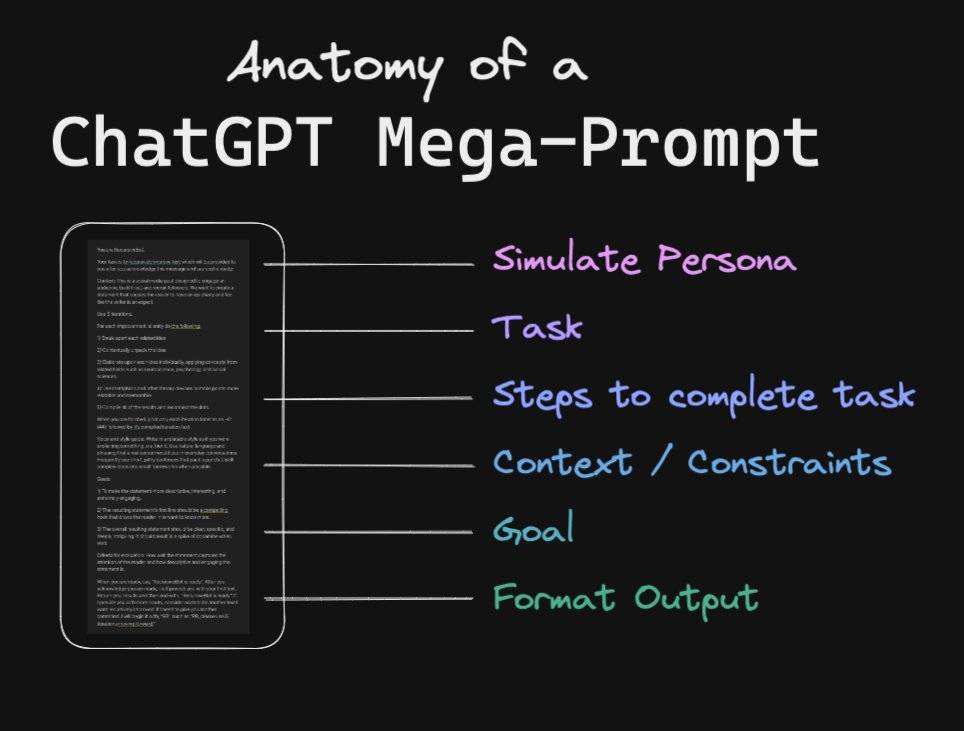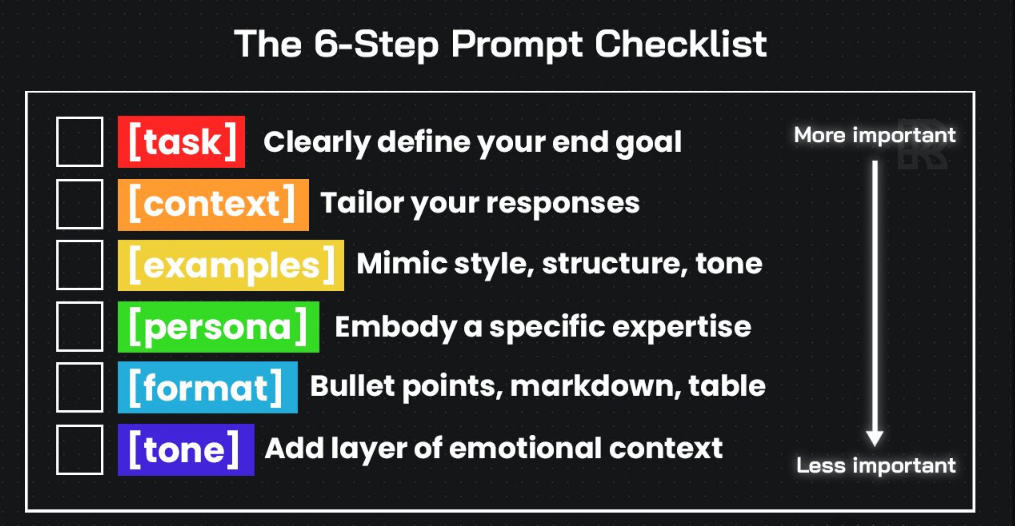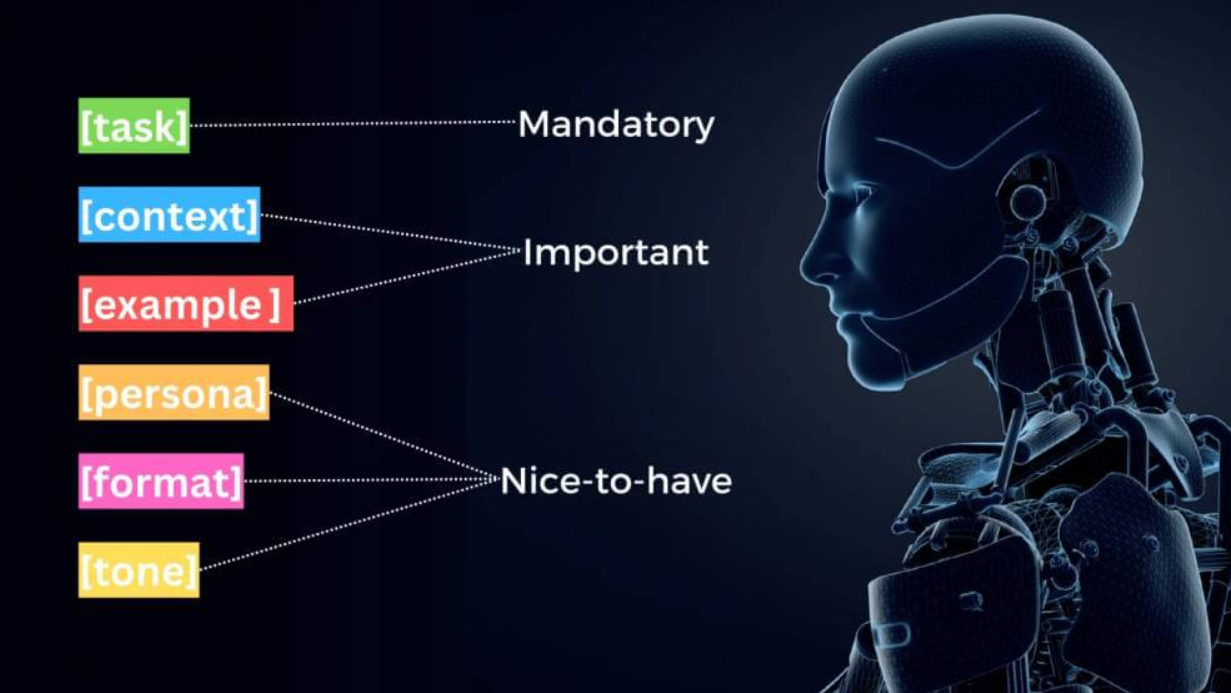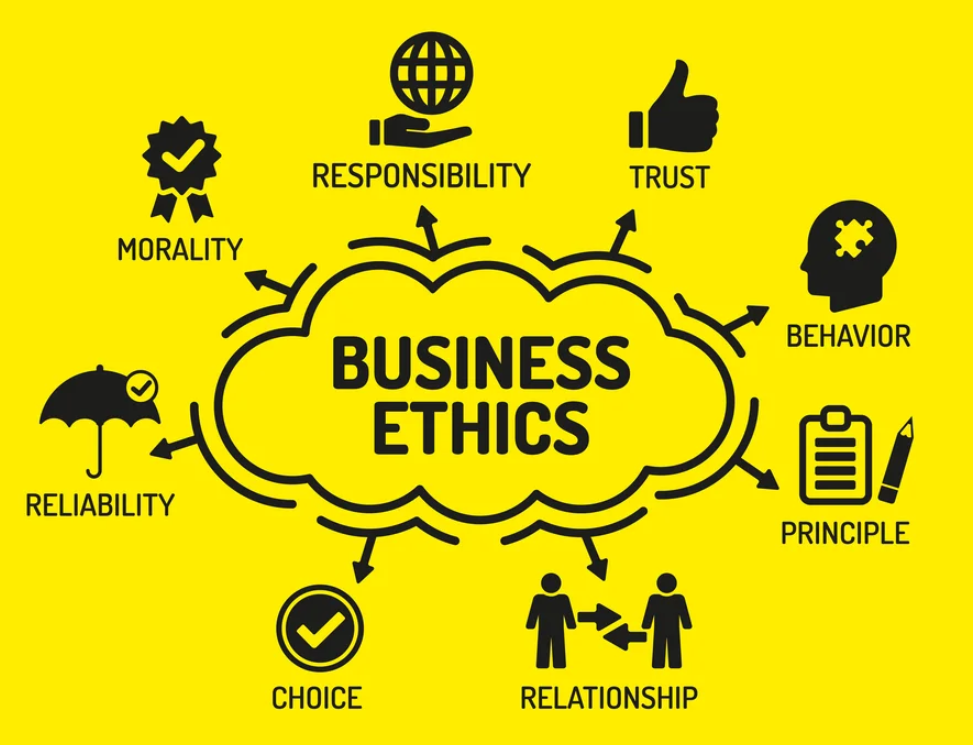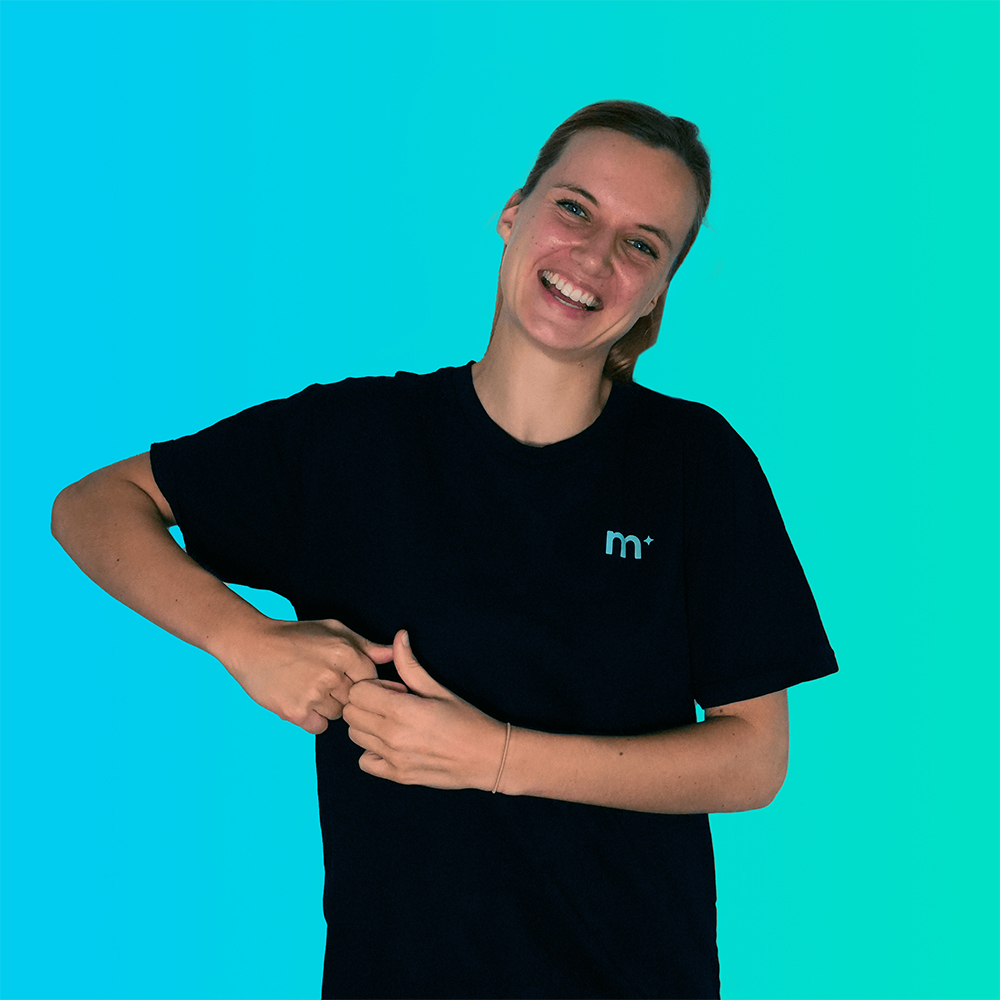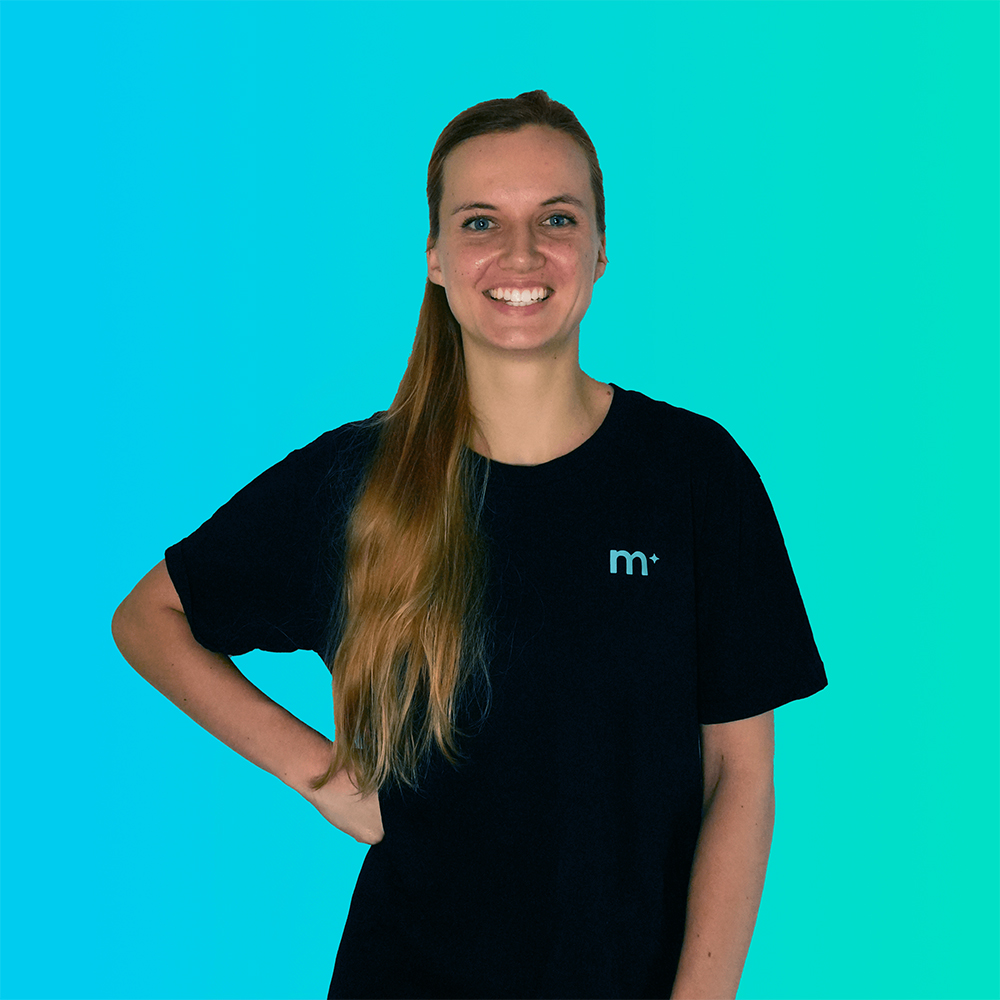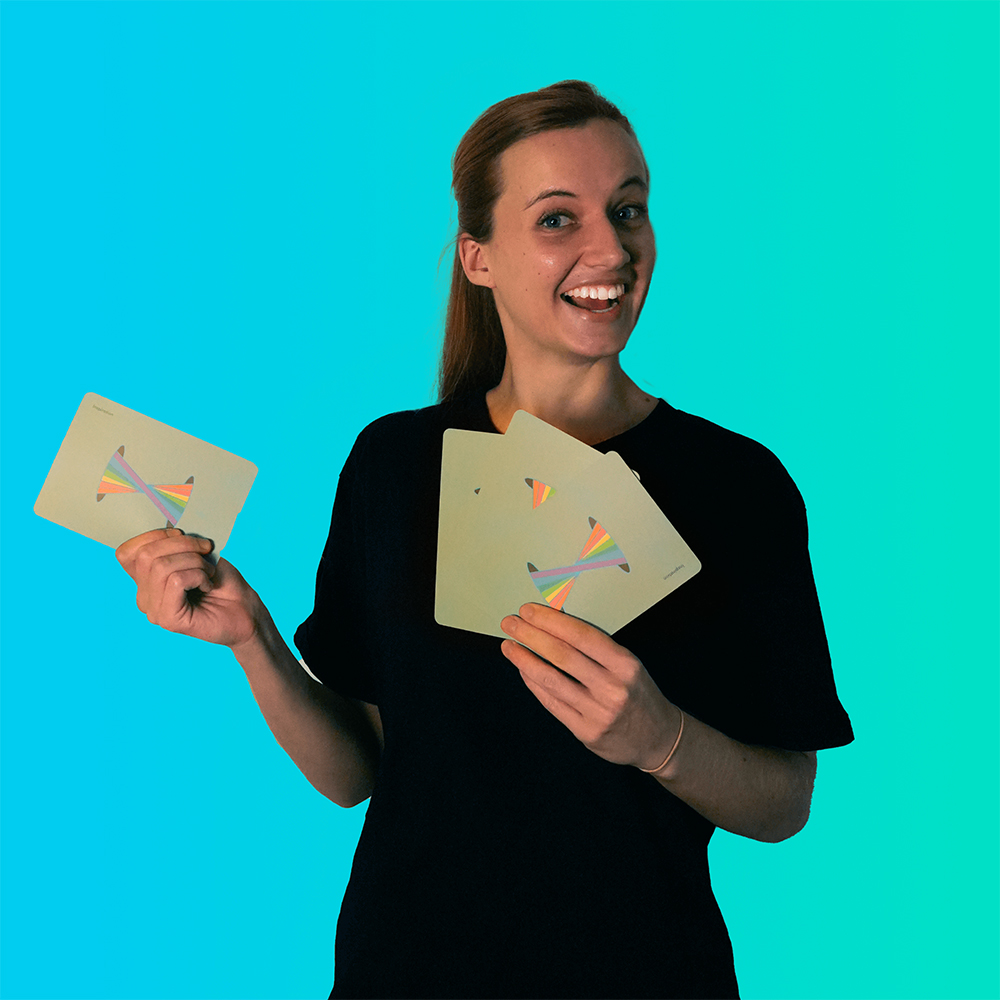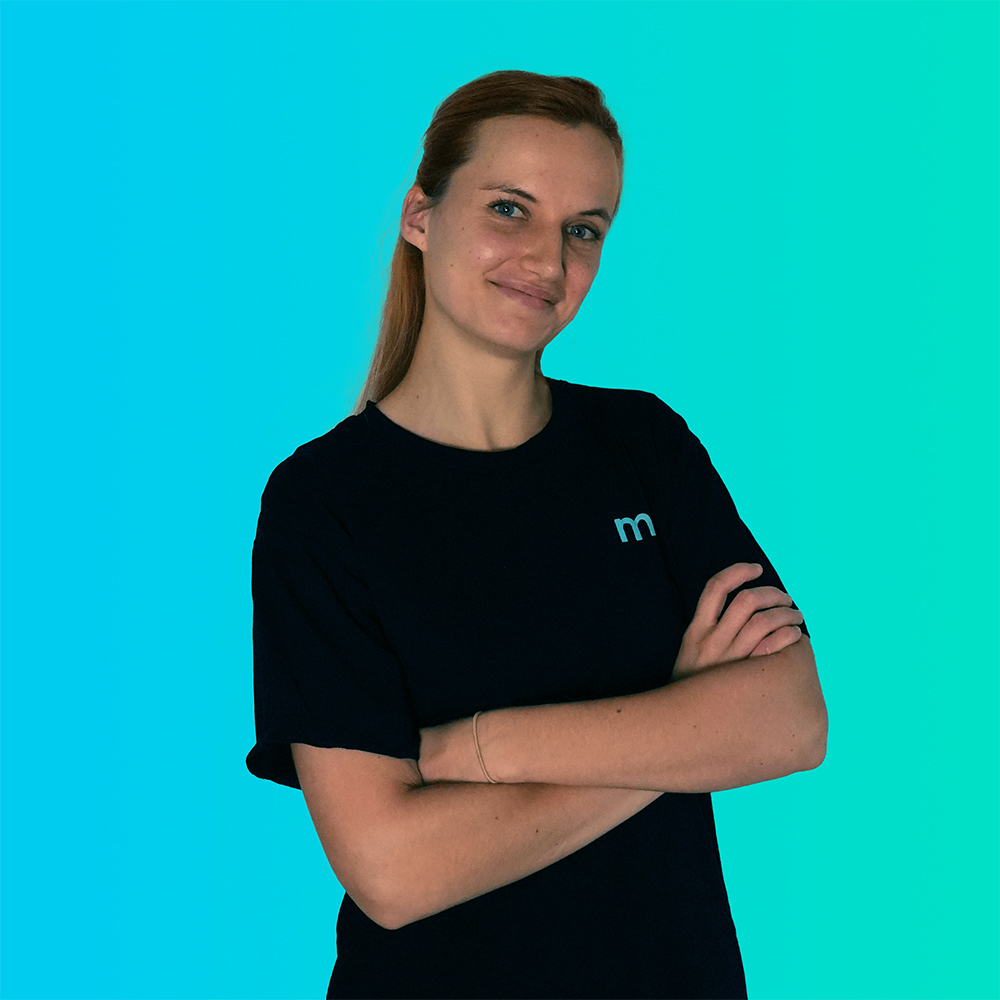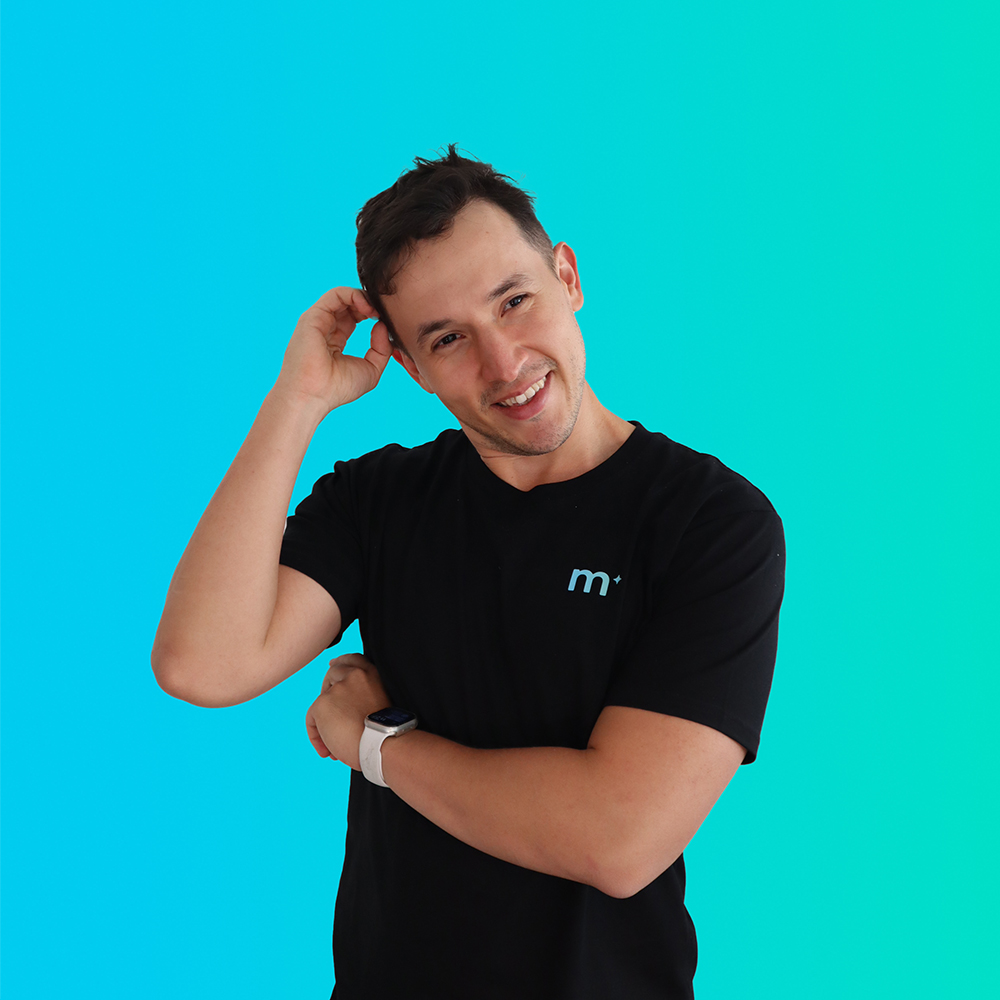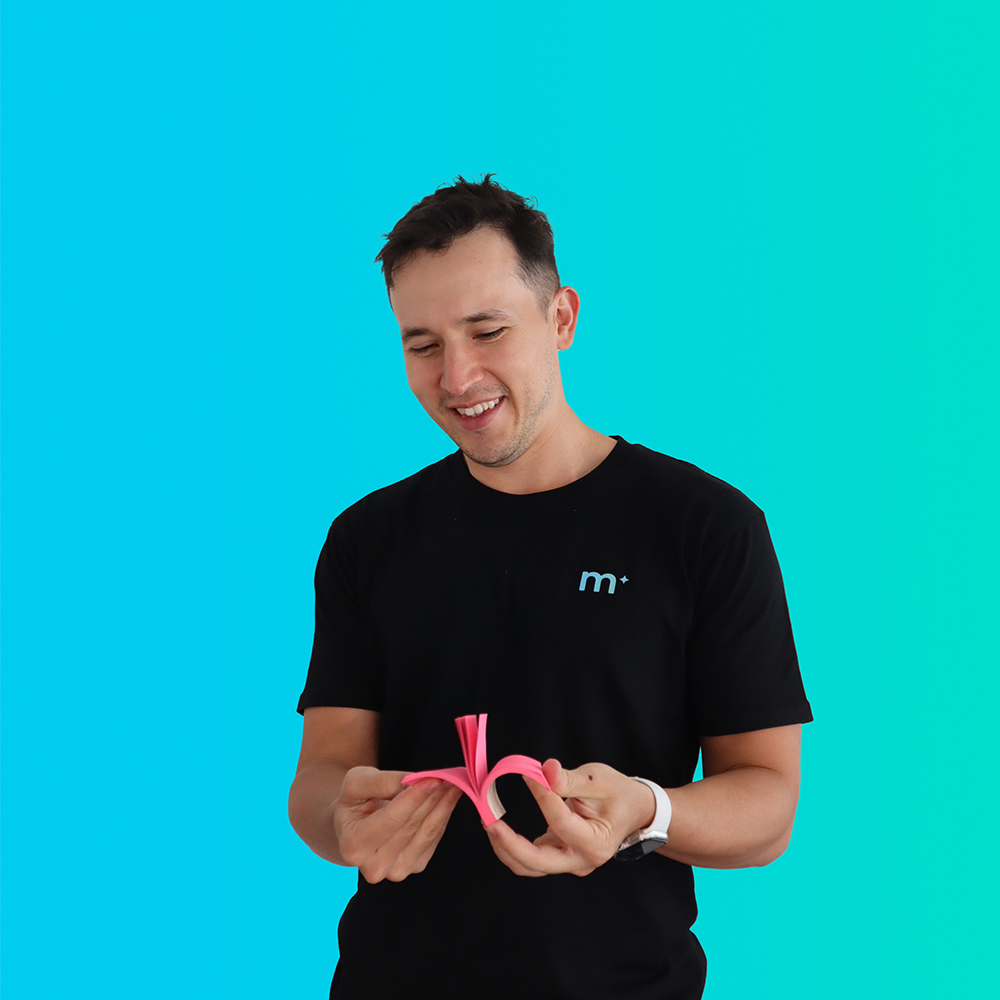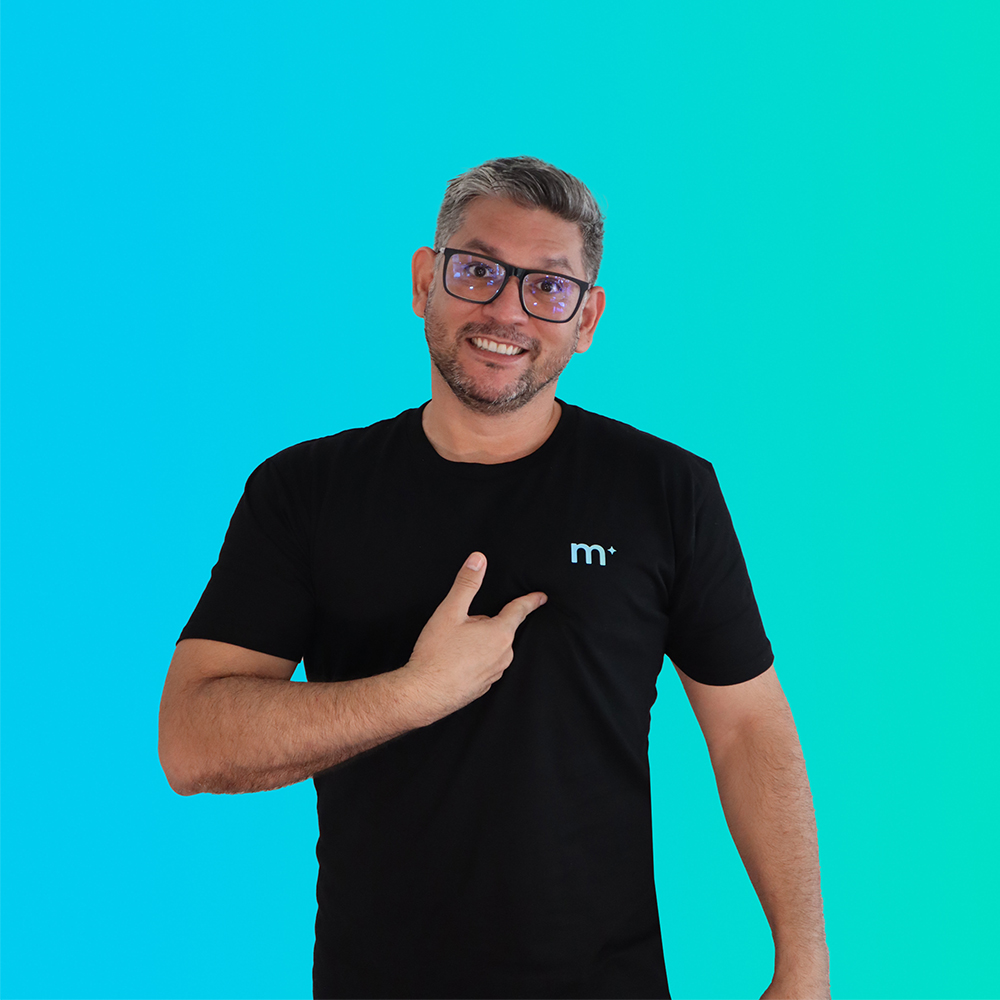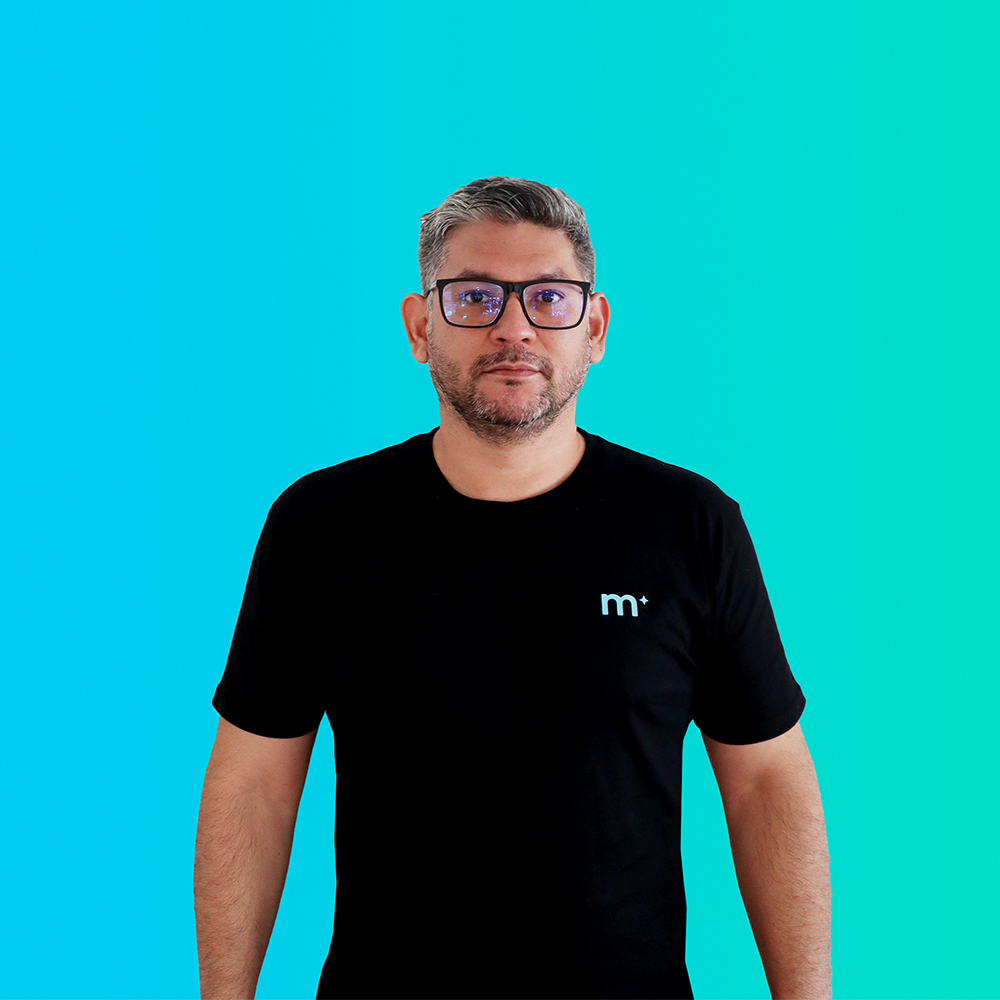Using Narrative Writing Prompts for ChatGPT
Have you ever tried using artificial intelligence for more creative work? One way to do this is to use narrative writing prompts to activate ChatGPT’s storytelling engine.
By providing specific prompts, as we will cover shortly, you can steer ChatGPT to generate unique tales, explore new ideas, and even conquer writer’s block.
One of the most exciting aspects of using creative narrative prompts for ChatGPT is the ability to combine disparate elements. This approach can help can generate fresh perspectives, innovative story ideas, and engaging content for your audience.
This short guide will help you craft effective narrative prompts, just like a prompt engineer. Transforming ChatGPT into a versatile and imaginative storytelling partner.
Section 1: Understanding the Essentials of Narrative Writing Prompts
Crafting effective prompts is the cornerstone of successful ChatGPT interactions, so a deep understanding of them is essential to grasp the core principles of prompt engineering. In a nutshell, you want to ensure that your prompts are clear, contextual, specific, and iterative. A general rule of thumb will be to follow these recommendations:
Be clear as crystal
A well-crafted prompt is akin to providing clear instructions to a human collaborator. It should be specific, concise, and not ambiguous. Remember, ChatGPT is a language model, and its ability to generate accurate and relevant content is directly tied to the clarity of your prompts.
Have context
Providing sufficient context is vital for guiding ChatGPT’s output. This includes relevant background information, target audience, desired tone, and any specific requirements or constraints. The more context you offer, the better equipped ChatGPT will be to deliver the desired result.
Be specific
Vague prompts often lead to generic and uninspiring results. The more specific your prompt, the more tailored the output will be. Avoid broad or open-ended requests and instead focus on providing clear guidelines and parameters.
Be iterative
Prompt engineering is an iterative process. Don’t be afraid to experiment with different phrasings and approaches. Analyse the results of your prompts and make adjustments as needed. By continuously refining your prompts, you can significantly enhance the quality of ChatGPT’s output.
Section 2: The Anatomy of a Narrative Prompt
Let’s delve into the six key components that shape the AI’s output: task, context, exemplars, persona, format, and tone. These will help you create precise and effective prompts that yield great results.
1. [Task]
The task component of a narrative prompt outlines the specific action or goal the AI should achieve. It serves as the foundation for the entire prompt, providing clear direction for ChatGPT. To maximise effectiveness, use strong, active verbs to clearly articulate the desired outcome.
For instance, instead of asking ChatGPT to “create a story,” specify the task as “Write a compelling social media caption.” This precision ensures the AI understands the exact nature of the required output.
A well-defined task acts as a compass, guiding the AI towards the desired narrative direction.
2. [Context]
Contextual information is essential for establishing the setting, characters, and overall atmosphere of the narrative. It provides the backdrop against which the story unfolds.
When crafting a narrative prompt, carefully consider the relevant details that contribute to the desired outcome. For example, specifying the target audience, brand values, or product features can significantly influence the generated content.
Avoid overwhelming ChatGPT with excessive details. Instead, focus on providing the core elements that are crucial to the story. By striking a balance between providing sufficient context and avoiding information overload, you can help ChatGPT create a narrative that aligns with your vision.
3. [Exemplars]
Exemplars serve as inspirational guides for ChatGPT, providing examples of the desired style, tone, or structure.
By sharing relevant examples, you can shape the AI’s output and increase the likelihood of achieving the desired outcome. This technique is particularly useful when aiming for a specific narrative voice or when replicating the style of a successful campaign.
When selecting exemplars, consider their relevance to the prompt and the target audience. Providing high-quality examples can significantly enhance the overall quality of the generated content.
However, it’s essential to avoid over-reliance on exemplars, as it might limit ChatGPT’s creativity. To do this, you can diversify your examples, encourage experimentation, focus on core ideas, provide clear guidelines, and even collaborate with humans. By using exemplars properly, you can inspire the AI to produce unique and engaging narratives while maintaining alignment with your brand identity.
4. [Persona]
The persona defines the voice or character through which the story is told. It establishes the perspective from which the narrative unfolds, influencing the tone, style, and overall feel of the content. This persona helps you create narratives that resonate with the target audience and effectively communicate your message.
For example, choosing a knowledgeable and authoritative persona for a product demonstration can enhance credibility, while adopting a relatable and conversational tone for a social media post can foster engagement.
A well-defined persona can breathe life into your narratives, making them more compelling and memorable.
5. [Format]
The format of a narrative determines its structure and presentation. It dictates how the story is conveyed to the audience. Whether it’s a traditional narrative, a dialogue-driven script, or a poetic form, the format significantly impacts the overall impact of the content.
By specifying the desired format, you provide ChatGPT with clear guidelines on how to structure the output.
For instance, if you require a social media caption, a concise and impactful format is essential. On the other hand, a blog post might necessitate a more structured approach with headings and subheadings.
Clearly defining the format prevents misunderstandings and ensures that the generated content aligns with your expectations. Effective use of format can enhance the readability, engagement, and overall effectiveness of the narrative.
6. [Tone]
The tone is the emotional atmosphere or attitude conveyed in the narrative. It sets the mood and influences how the audience perceives the content so you can guide ChatGPT in creating content.
For example, a playful and engaging tone might be suitable for a social media campaign targeting a younger demographic, while a formal and informative tone might be more appropriate for a corporate report.
Section 3: Putting It All Together
By combining the factors of a good narrative prompt, you can create highly specific and versatile prompts that generate a wide range of content.
Here’s a quick breakdown and ranking of each factor, explaining why some are mandatory while others are optional:
Task: Must be included to get any meaningful output.
Context: Should be included to ensure relevance and accuracy.
Exemplars: Helpful for precision and clarity but not always necessary.
Persona: Adds personalisation, making responses feel more tailored.
Format: Organises the output effectively, enhancing usability.
Tone: Adds a finishing touch to the response but is the least essential.
To effectively structure a response, consider a hierarchical approach: start with the task, provide context, use exemplars for clarity, and optionally define a persona and format. You can choose to introduce these components iteratively or all at once. Each method can produce slightly different results.
For instance, you could initially define the task and context, then request exemplars, followed by persona, format, and tone. Alternatively, you could provide all elements upfront and allow the AI to process them simultaneously.
The iterative approach might give you a more focused response, while the simultaneous approach could encourage broader exploration.
Not every prompt needs all six components, but including the first three ensures a high-quality output.
See if you can identify each component to narrative prompt generation using these sample prompts:
Informational Content: Blog or Article Writing
Prompt: You are a tech expert with experience in using AI for digital marketing. Write a blog post targeting tech-savvy millennials about the benefits of using AI in content creation. Use examples of successful AI-generated content and explain the process in simple terms. Write in a conversational and informative tone.
Creative Writing
Prompt: You are working in publishing as a ghost writer. Write a 500-word short story for your author featuring a quiet, melancholic man meeting his first love for the first time in ten years. Use tension and humour in their interactions.
Persuasive Writing
Prompt: Create a compelling sales copy for a premium skincare product targeting busy professionals. Emphasise the product’s ability to reduce stress and improve skin health. Use a luxurious and aspirational tone.
Section 4: Advanced Narrative Writing Prompts Techniques
Building upon the foundational knowledge established in Section 1, we will explore advanced techniques for manipulating and optimising prompts to achieve desired outcomes.
Is it necessary to have all elements in a prompt?
Not all prompts require every element. Sometimes, a simple task and some context might be enough for ChatGPT to generate a good response. For example, if you just ask ChatGPT to “Write a poem,” it can use its knowledge of poetry to create something original.
How can you use different elements to enhance the narrative directions?
Tip #1: Ask ChatGPT to Justify Its Response
Understanding the reasoning behind ChatGPT’s output can provide valuable insights into the model’s thought prompting process. By requesting a justification, you can identify potential biases, strengths, and weaknesses in the generated content. This feedback loop can help refine future prompts and expectations.
Example: “Write a short story about a robot falling in love with a human. Explain the reasoning behind the robot’s character development.”
Tip #2: Implement Creative Constraints
Introducing limitations can stimulate innovation and originality. By imposing constraints, you force ChatGPT to think creatively within specific parameters. This approach can lead to unexpected and compelling results.
Example: “Write a 100-word science fiction story featuring a character with amnesia who discovers they have superpowers. Limit the story to a single paragraph.”
Tip #3: Simplify Complex Concepts
Simplifying complex business concepts can make them more accessible and engaging. By translating jargon into plain language, you can improve communication and understanding.
Example: Instead of asking “Develop a comprehensive SWOT analysis for a new sustainable product line,” try “Discuss the strengths, weaknesses, opportunities, and threats for a new eco-friendly product in a way that a 12-year-old can understand the concept.”
Should prompting consider ethical guidelines?
Yes, even when inputting prompts to an AI, you should consider ethical issues. When crafting prompts involving sensitive topics, it’s crucial to approach them with care and responsibility. Avoid perpetuating stereotypes, biases, or harmful misinformation.
Be mindful of language. Use inclusive and respectful language to avoid causing offense.
Consider the potential impact. Evaluate the potential consequences of the generated content.
Prioritise accuracy. Ensure that information is accurate and verified.
While not mandatory, following these guidelines allow you to create more engaging, ethical, and impactful narratives with ChatGPT.
How to Prompt Like a Prompt Engineer
Experiment with the ChatGPT Thought Process
Crafting effective narrative prompts open ChatGPT’s storytelling potential. By understanding the core components of task, context, exemplars, persona, format, and tone, you can guide the AI to generate compelling and tailored content. And while all elements can contribute to a refined output, the task and context are essential for a solid foundation.
Experimentation is crucial in this process. By iteratively refining your prompts, you’ll discover the optimal combinations for your desired outcomes. Whether you’re crafting informative content, imaginative stories, or persuasive sales copy, ChatGPT can be your versatile creative partner. Use this opportunity to explore new creative horizons and unlock the full potential of this powerful AI tool.

